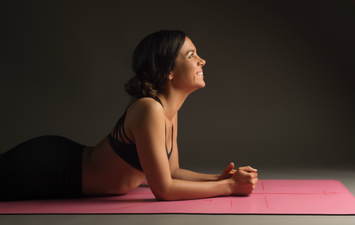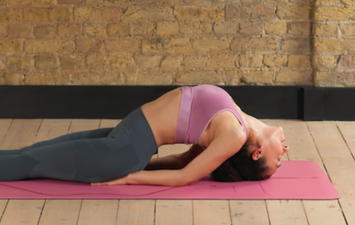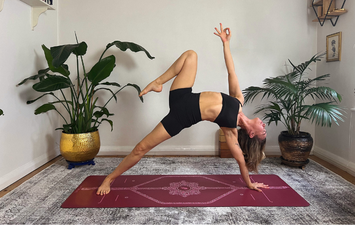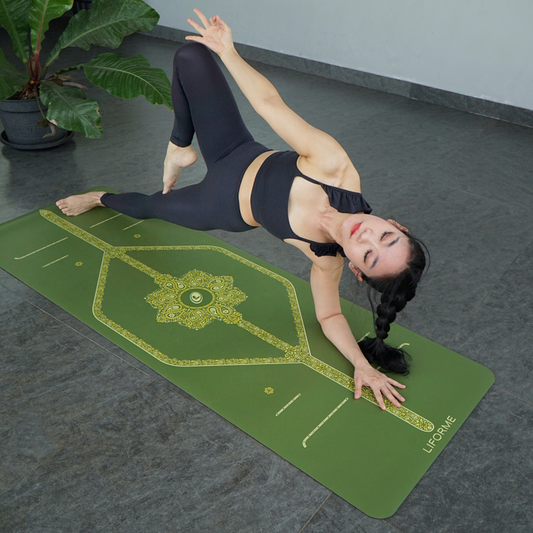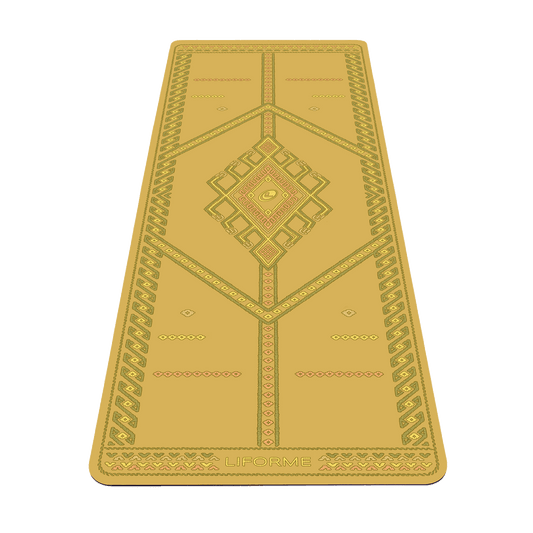We often say that yoga engages your whole body, from the crown of your head to the tips of your toes. But there actually aren’t that many poses (Headstand) that activate the top of your head. Fish is one, and it also targets another oft-neglected area of your body: your throat. In the chakra system, your throat (Vishuddha Chakra) is associated with truth, communication, and self-expression.
Fish Pose Basics[H2]
Sanskrit Meaning: Matsya (Fish) Asana (Pose)
Yoga Level: Intermediate
Pose Type: Prone Backbend
Props: A block can support your head.
Benefits of Fish Pose:
• Opens your throat.
• Stretches your neck.
• Improves core strength.
• Improves spinal mobility.
• Opens the shoulders and chest
• Stimulates the crown of your head.
Key Alignment Points to Keep in Mind
1. Puff up Your Chest
To get the top of your head to come to the floor, expand and open your chest toward the ceiling.
2. Don’t Look Around the Room
When your neck is in this position, don’t twist your head to the side.
3. Keep Your Legs and Feet Active
Even though most of the action is in your upper body, it’s important to keep active engagement in the lower body.
Step-by-Step Instructions
1. Lie down on your back with your legs extended and your arms alongside your body.
2. Press into your forearms and palms to sit halfway up.
3. You can slide your palms under your butt to anchor them more firmly.
4. Roll your shoulders back and inflate your chest.
5. Let your head drop back.
6. Slide your upper body toward the back of your mat as you lower the top of your head to the floor.
7. Keep your legs and feet active.
8. After several breaths, tuck your chin, lift your head, and lie down flat on your back.
Beginners’ Tips
If the top of your head doesn’t come to the floor, you can leave it hanging or place a prop such as a block where your head will land to raise the floor to meet your crown. This is a nice solution because it gives the same effects as the full posture.

Variations
If your head comfortably reaches the floor, try lifting your legs, your arms, or both away from the ground. Remember to stay super active through your whole legs and feet.
Why We Love Fish Pose
• Matsyasana opens your whole front body from pelvis to crown.
• It brings variation into your backbending routine.
Preparatory and Counter Poses
Preparatory: Camel Pose is a good opportunity to practice opening your chest and throat. It’s a very similar position to Fish in a different orientation.
Counter: Shoulderstand is a great counterpose because you tuck the chin and round the spine, which is opposite from opening your throat and arching your spine in Fish.
Something Fishy’s Going On
Incorporating a variety of poses into your yoga routine keeps things interesting and challenges your body in new ways. If you’re in need of a new backbend, give Fish a try.






